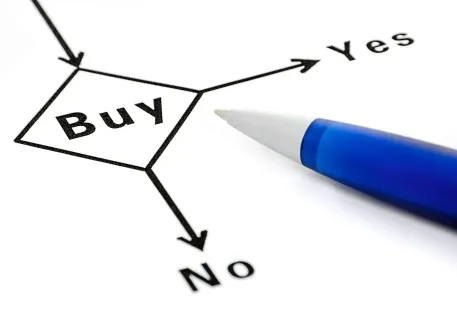
iPhone 6 saved Hong Kong's retail sales despite Occupy Central's impacts
Sales inched up b 3.5%.
The launch of the popular iPhone 6 by Apple in September 2014 was the biggest, and perhaps the only, positive driver for Hong Kong's retail sector during late 2014.
According to a research note from UBS, thanks largely to Apple, retail sales grew better than expected at 3.5%y/y in value terms during September and November 2014, despite the temporary disruption from the 'Occupy Central' demonstration.
Excluding iPhones, retail sales value would have contracted almost 1%y/y in October, at the peak of the 'Occupy' disruption, and expanded a more subdued 1.3%y/y during Sep-Nov 14. In other words, over 60% of retail sales growth was attributable to Apple products since September 2014.
The strong demand for iPhone has mostly come from the Chinese tourists. This explained why tourist arrivals (over 80% of them Chinese) accelerated to 13%y/y during Sep-Nov 14, bucking the 'Occupy Central' disruption, as the timing of which happened to coincide with the iPhone 6 euphoria.
The incentives to buy the gadget before the Chinese launch or to gain from arbitrage trade have attracted many Chinese tourists since September. Most of them are day trippers.
Here's more from UBS:
The boosts to the overall retail sector were nevertheless subdued, as the arrivals were dominated by 'lower quality' Chinese day trippers.
They have lower per-capita spending. And particularly for the period since September 14, a significant number of them probably came here for the sole purpose of buying a phone, implying little incremental benefits for other retail segments.
Structural story still negative but cyclicality should improve: One should therefore refrain from getting too excited about the strong arrival data.
Structurally, capacity constraintsa major reason behind the souring of local sentiments towards the Chinese touriststake time to resolve and will remain as a medium-term headwind to the retailers.
Until the sector consolidates and manages to shake off some of the imbalances built over the years, trend growth will continue to hover in mid-single digit rate, in our view, compared to an average 16% growth during 2010-13.
While the structural story remains unappealing, the retail sector should nevertheless rebound cyclically in 2015 from an artificially depressed 2014.
We expect nominal retail sales to expand 6-7%y/y in 2015 from almost no growth in 2014. In terms of trajectory, we expect a decent 1H to be followed by a more mediocre 2H.


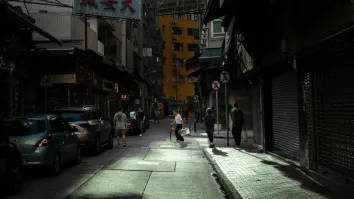
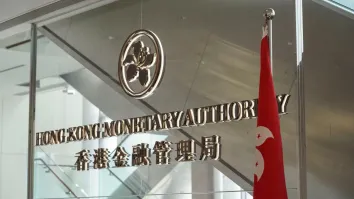

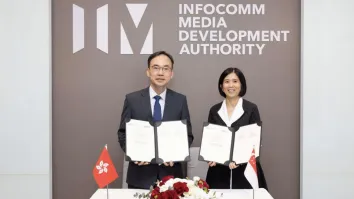
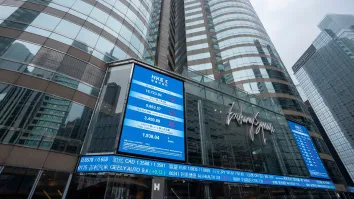



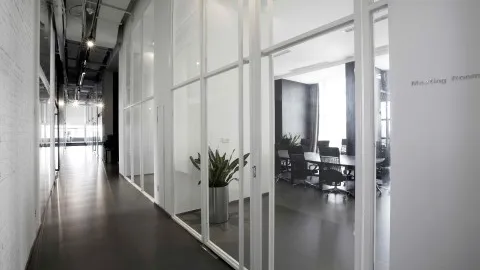
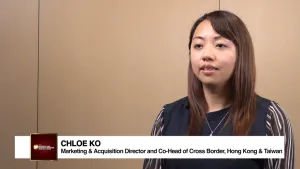



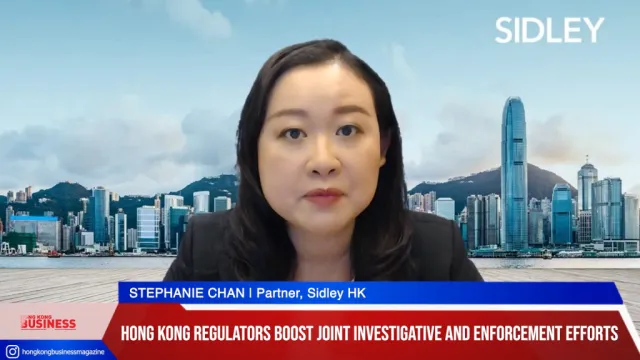
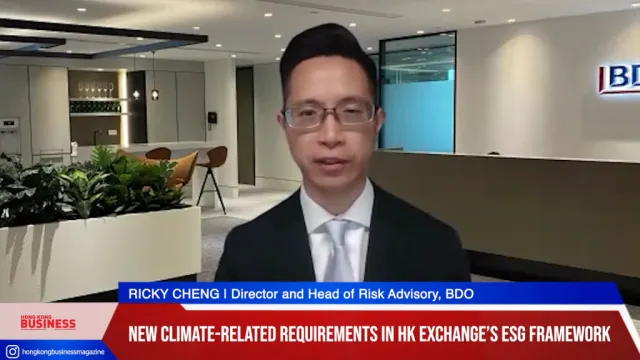
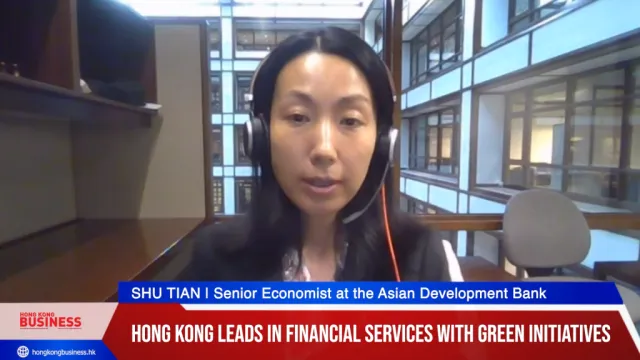
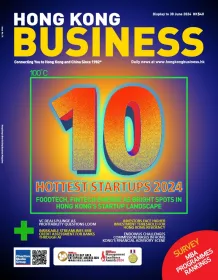
 Advertise
Advertise






